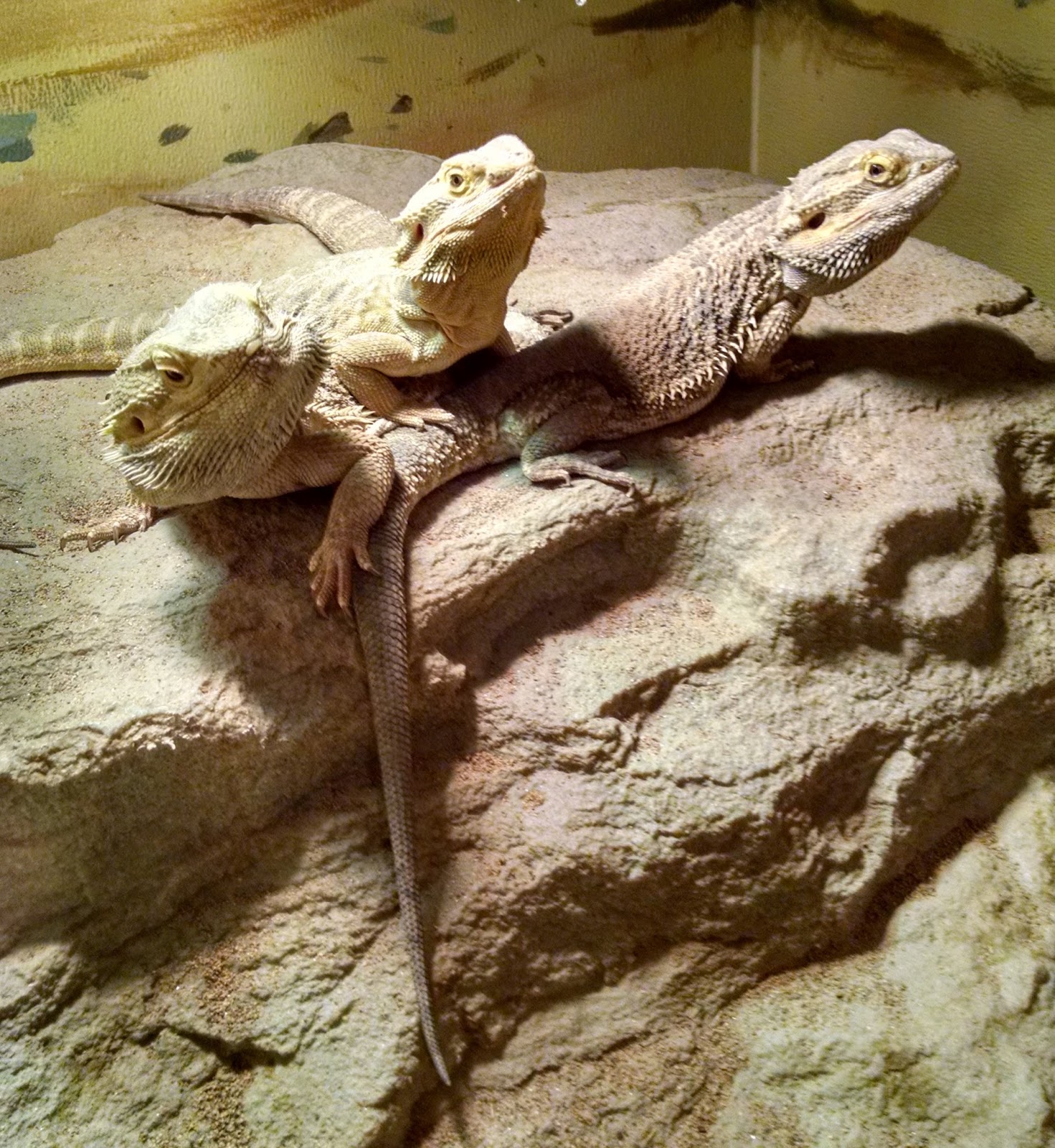The Ultimate Beginner's Guide to the Bearded Dragon Tamborine
Introduction to the Bearded Dragon Tamborine
Bearded dragon is a popular pet among reptile enthusiasts. They are docile, easy to care for and have unique personalities. One of the most interesting variations of this species is the bearded dragon tamborine. This species, as the name suggests, is native to the Tamborine region of Australia. However, they are also found in other parts of the country. The bearded dragon tamborine is a great pet for those who are just starting out in the reptile world. In this article, we will give you a complete guide to caring for the bearded dragon tamborine.
Appearance and Characteristics
The bearded dragon tamborine has a distinct appearance that sets it apart from its cousins. They have a light brown to yellowish-brown body with dark brown stripes. The males have a darker beard than the females. The beard is a unique characteristic of the bearded dragon family. It is used to intimidate predators or potential mates. The bearded dragon tamborine is a small species and can grow up to 18 inches long. They have strong, sturdy legs that allow them to climb and run quickly. Their tail is also long, and it grows in segments, which makes it easy to break off if the bearded dragon feels threatened.

Habitat and Environment
The bearded dragon tamborine is native to the Tamborine region of Australia. In the wild, they live in dry, arid regions and can be found hiding in rocks, bushes, or under logs. They are also known to burrow into the ground to avoid the heat of the sun. The bearded dragon tamborine requires a similar environment when kept as a pet. A terrarium with a desert-like setting is ideal. The terrarium should be big enough to provide plenty of space for the bearded dragon to move around. It is essential to provide a heat source, in the form of a basking lamp, to mimic the natural sunlight. The temperature inside the terrarium should be kept between 100-110°F (37-43°C) during the day and between 70-80°F (21-27°C) at night. The humidity should be low, between 20-30%.

Feeding and Nutrition
The bearded dragon tamborine is an omnivore and requires a balanced diet of greens, fruits, and insects. Greens such as kale, mustard greens, and collard greens should make up about 60% of their diet. Fruits such as berries, melons and apples should make up 20% of their diet. The remaining 20% should be insects such as crickets, mealworms, and wax worms. It is important to gut-load the insects with nutritious fruit and vegetable, dust them with calcium powder, and feed them to the bearded dragon tamborine. The bearded dragon tamborine requires fresh water every day. A shallow dish of water should be provided in the terrarium at all times.

Behavior and Temperament
The bearded dragon tamborine is a social animal and enjoys interacting with people. They are docile and rarely show aggression. However, they do have certain behaviors that need to be understood. The head-bobbing behavior is a way for the bearded dragon tamborine to communicate. Males will bob their head to show dominance or to attract a mate. Females will also bob their head, but it is usually a sign of submission. The arm-waving behavior is also a way for the bearded dragon tamborine to communicate. They will wave their arm to show that they are scared, to submit or to greet. The bearded dragon tamborine also has a third eye, also known as the parietal eye. This eye is located on the top of their head and is used to detect movement of predators when the bearded dragon tamborine is basking. If the bearded dragon tamborine feels threatened, they will open their mouth to show their beard and inflate their lungs, making themselves look bigger and more intimidating.

Health and Diseases
The bearded dragon tamborine is prone to certain health issues, especially if they are not cared for properly. One common health issue is metabolic bone disease, which can be caused by a diet that is low in calcium and vitamin D3. Other health issues include respiratory infections, parasites, and impacted bowels. It is important to observe the bearded dragon tamborine for any signs of illness and to take them to a veterinarian with experience with reptiles as soon as possible if they show any symptoms. Preventive measures such as ensuring a clean habitat, a nutritious diet, and regular vet check-ups can help keep the bearded dragon tamborine healthy.
Conclusion
The bearded dragon tamborine is an interesting and unique species of bearded dragon that makes a great pet for beginners in the reptile world. They are docile, easy to care for, and have unique behaviors that make them fascinating to watch. With proper care, they can live up to 15 years in captivity. As with any pet, it is essential to understand their needs and behavior to provide them with the best care possible. We hope this guide has given you all the information you need to care for your bearded dragon tamborine.
